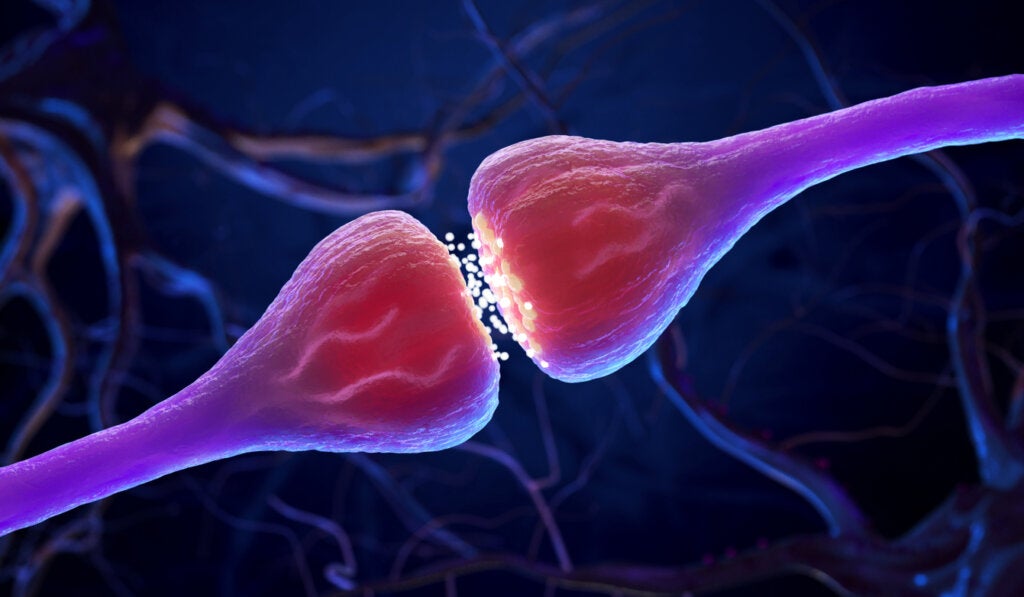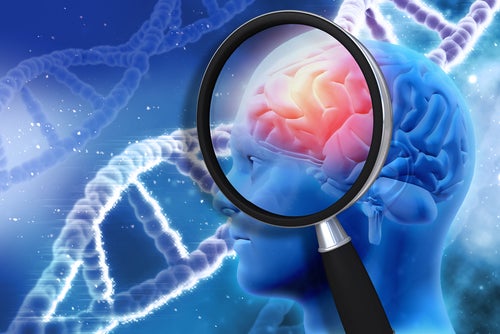It was Dr. Donald Hebb who proposed Hebbian theory in his book, The Organization of Behavior (1949). In fact, this Canadian psychologist is considered a pioneer of psychobiology. It’s because he suggested an idea that was revolutionary at the time: associating behavior with the performance of the nervous system.
In Hebb’s time, the scientific field only viewed the stimulus and response mechanism and behaviorism as valid concepts. However, Hebbian theory proposed that much of human behavior is explained by analyzing the neural dynamics produced in the brain.
Thanks to the work of this psychologist, interest in physiology as an essential component of psychology regained strength. Hebbian theory is based on Hebb’s famous premise: “The problem of understanding behavior is the problem of understanding the total action of the nervous system. And vice versa”.
“Over 60 years ago, Donald Hebb proposed that repeated coactivation of a group of neurons could create a memory trace through enhancement of synaptic connections. New technologies prove that Hebb was right.”
-Carrillo, Reid-
The background to Hebbian theory
Donald Hebb was born in Chester, Canada, in 1904. He wanted to be a novelist, but turned to education and later to psychological research. He was later motivated to change direction due to his encounter with the work of three great scholars of the mind of the time. They were William James, John Watson, and Sigmund Freud. In addition, Hebb learned first-hand about the studies of Iván Pávlov.
Later, Hebb received a doctorate in psychology from Harvard University. Subsequently, he was invited to work at the Montreal Neurological Institute. There, he had the opportunity to study in depth the impact of surgery and brain damage on intelligence and human behavior.
Later, at Queens University, he conducted several experiments on animal intelligence. In fact, together with his colleague Kenneth Williams, he developed the Hebb-Williams Maze. This was a test designed to assess spatial learning in laboratory animals. It was subsequently used in hundreds of investigations around the world.
Hebb worked with Karl Lashley at the Yerkes Laboratory for Primate Biology. It was there that he began to shape Hebbian theory. He described it as a general theory of behavior to bridge the gap between neurophysiology and psychology.
You might also like to read:
Brain Plasticity: Characteristics and Types
Hebbian theory
“When an axon from cell A is near enough to cell B to excite it and repeatedly or persistently takes part in firing it, some growth process or metabolic change takes place in one or both cells such that A’s efficiency, as one of the cells firing B, is increased”. This is how Hebb explained his theory.
An article published in the journal, Physiological Review states that in addition to classical axonal propagation, ionic currents and geometric properties of the axon influence complex operations that control signals from brain circuits, neuronal synchrony, and synaptic efficacy. For clarity, Hebbian theory is described in three premises:
- It defines thought as the sequential activation of various sets of cell assemblies.
- Neural connections increase their effectiveness, according to the degree of correlation between the activity that occurs before the synapse (the connection between two neurons) and after it.
- Neural assemblies are networks of associated neurons. When some of the neurons fire, their partners do too. It’s a domino effect. This is how memories are formed.
You might be interested in:
Types of Synapses: Neural Communication

The implications of Hebbian theory
Hebbian theory has had a great impact on psychology and neuroscience. In fact, one of its main contributions has been to renew and test the idea that psychology is closely related to physiology.
Several of Hebb’s postulates have been ratified with advances in neuroscience. However, his approach is currently considered too radical, since it grants neural processes almost exclusive importance. Indeed, today, we know that not all behavior can be explained by the activity of the nervous system.
However, Hebbian theory is applied successfully in fields as wide ranging as neurophysiology, pedagogy, robotics, and computing. In fact, experts around the world continue to marvel at Donald Hebb’s ability to describe neural processes in such a precise way, with the relatively precarious tools of the time.
The post Hebbian Theory appeared first on Exploring your mind.



















Comments